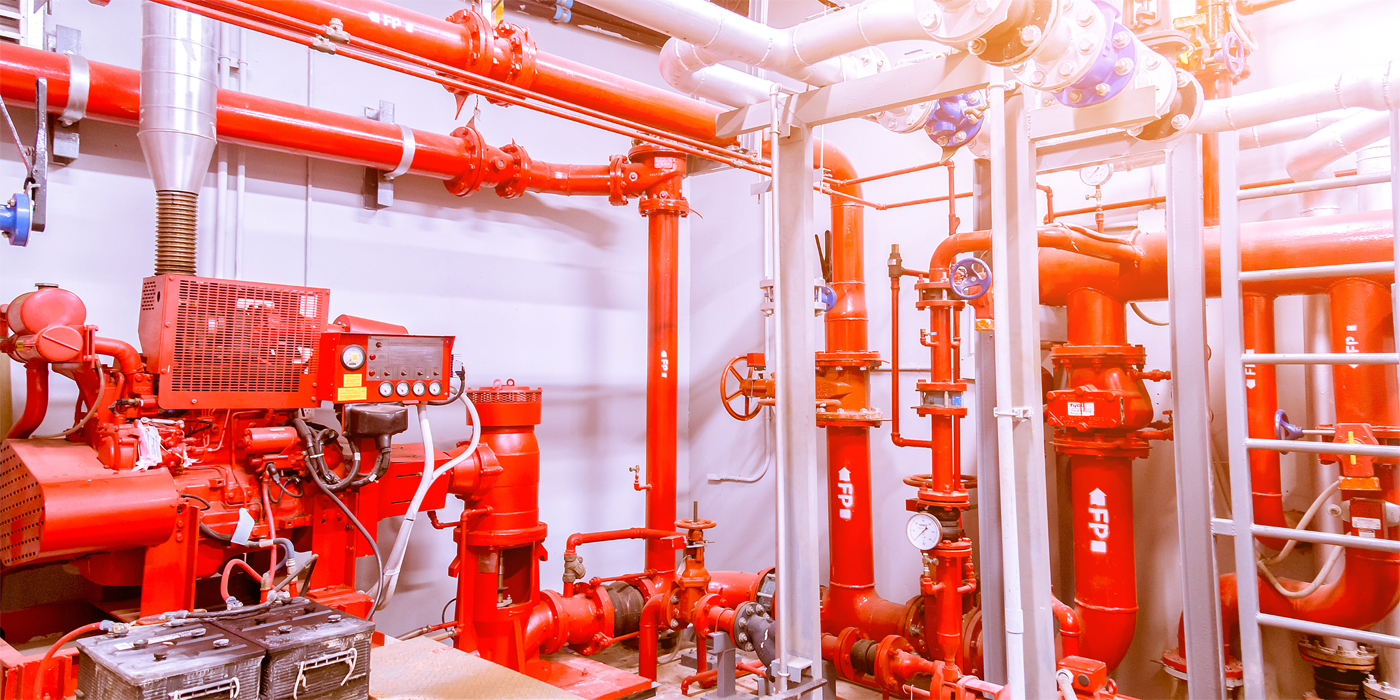Fire Hydrant System
Fire hydrant systems are an essential part of a community’s firefighting infrastructure. They provide a reliable source of water for firefighters to extinguish fires and protect people and property. Here’s a breakdown of the key components and how they work
A Fire Hydrant System is emergency equipment that provides a water source to the firefighter to extinguish the fire. The system serves as a protection mechanism in case of fire breakout. It is planned to fight huge magnitudes of fire even in high risk situation. The system is designed to provide immediate access to water. The System is a source of water supply that delivers water with suitable pressure and flow rate which operates through a network of pipes, nozzles, and hydrants throughout whole building for firefighting purposes. The System enhances the capacity of firefighters to suppress the fire in the building where it is installed. The fire hydrant system is not only for firefighting purposes but also has other applications such as water transfer.
Components:
1. Fire hydrants: Above-ground connections that provide access to the water main.
2. Water main: Underground pipes that distribute water throughout the system.
3. Valves: Control the flow of water into the system and isolate sections for maintenance.
4. Pumping stations: Boost water pressure to ensure adequate flow and pressure.
5. Storage tanks: Hold water in reserve to supplement the system during high-demand situations.
How it works:
1. Firefighters connect hoses to a fire hydrant, opening the valve to access the water main.
2. Water flows from the water main, through the hydrant, and into the hoses.
3. The pumping station ensures sufficient pressure to deliver water at the required flow rate.
4. The system is designed to provide a consistent and reliable water supply, even during multiple simultaneous connections.
Types of fire hydrant system
The two main types of fire hydrant systems are
Wet Barrel: The wet barrel fire hydrant provides a steady flow of water. These systems are installed in regions which have a moderate temperature. In such regions, wet hydrant systems are installed because the water in pipes do not get freezed. all of the mechanical components are above ground.
Dry barrel: The dry barrel fire hydrant requires a valve release to allow water to enter. These systems are installed in regions which are extremely cold and water gets freeze in such areas. In these regions, the water is not allowed to stay in pipes to avoid it from freezing so there are underground storage sources for water. It is used in areas where the water supply is not sufficient. It is also suitable for use in rural areas.
Flush Hydrant System
Flush hydrant systems are equipped with a flush-type hydrant head that sits flush with the ground surface when not in use. These systems are installed below ground level. These hydrants are most suited used in areas where aesthetics or pedestrian safety are a concern,
High-Pressure Hydrant System: High-pressure hydrant systems include specialized pumps, valves, and piping to deliver water at the required pressure levels which generally high above the ground. These systems are designed to provide water at higher pressures such as firefighting in high-rise buildings or industrial facilities.
Water Spray Hydrant System: Water spray hydrant systems are made to spray water in a controlled manner for cooling or suppressing dust, among other uses than fighting fires. Specialized spray heads or nozzles are essential part of these systems to disperse water over a large area.
Fire hydrant system parts name:
A fire hydrant system consists of several key components which are designed to provide water for firefighting purposes. Following are main components of Fire hydrant System
Fire Hydrant: The fire hydrant itself is the visible above-ground component that firefighters connect their hoses to.
Underground Piping: This component is installed beneath the surface.
valves: Valves are installed along the piping system to control the flow of water.
Water Source: The fire hydrant system requires a reliable water source, which could be provided by a municipal water supply, a dedicated fire water tank, or a combination of both. In some cases, pumps may be installed to boost water pressure if the available supply is insufficient.
Pressure Reducing Valve (PRV): In situations where the water pressure from the source is too high for firefighting equipment to handle safely, a pressure reducing valve may be installed to reduce the pressure to a manageable level.
Benefits:
1. Quick access to water for firefighting and emergency situations.
2. Reliable water supply, even in areas with low water pressure.
3. Regular maintenance and inspections ensure the system remains functional and efficient.
Fire hydrant systems play a vital role in keeping communities safe, and their proper installation, maintenance, and inspection are crucial to ensuring their effectiveness.
Fire hydrant system price in Pakistan:
In Pakistan average price for a fire hydrant system ranges between PKR 15,000 to PKR 50000. The price may vari depending upon factors such as quality and type of components, location, installation cost, water supply infrastructure and other factors. Contact Us



